In a large part due to climate change, the risk of avalanches is increasing at ski resorts around the world.
Many avalanche safety teams (that deliberately set off avalanches on close slopes) have been caught out in recent years.
Even on piste, it pays to have some knowledge of how to survive an avalanche. You never know if your name could be on the next one!
If you are planning back-country skiing it pays to have the equipment in case you are caught out.
We will touch on this at the end.
Climate Change and Avalanche Risk
Whatever your views on what causes climate change, it is an undeniable phenomenon.
Climate change used to be called ‘global warming’ but in alpine areas it can cause huge snow storms and erratic temperature changes.
An avalanche is possible where there are layers of snow lying on top of one another.
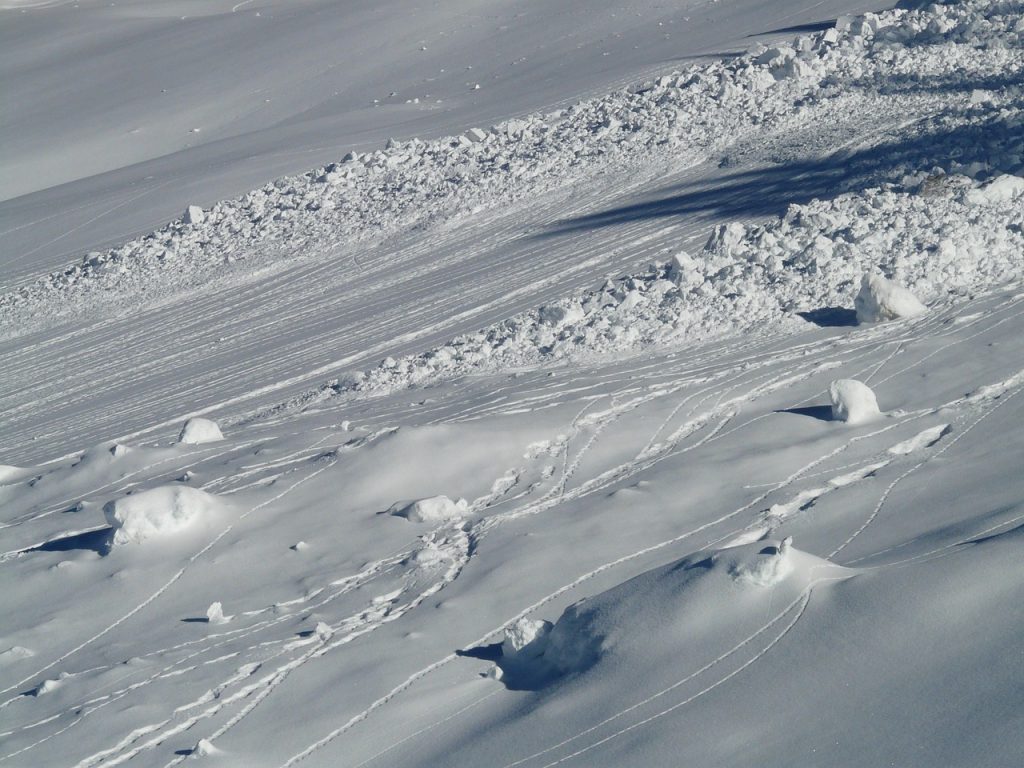
A classic case is where there has been snowfall followed by a spell of rain and then another snowfall.
The rain causes a liquid layer between the snow layers and it doesn’t take much to trigger an avalanche.
In many cases you or your buddy behind you could be that trigger.
BOOM!
9 Techniques to Survive an Avalanche
In this section we will look at nine steps to take to survive an avalanche.
In the next section, for those who ski backcountry on a regular basis we will touch on the kit you should think about investing in before you head on your skiing holiday.
-
What’s the weather like?
Before your planned day on the slopes, be aware of the weather in the days before.
Check the forecast for the day and make sure you’re aware of any avalanche warnings from the local authorities.
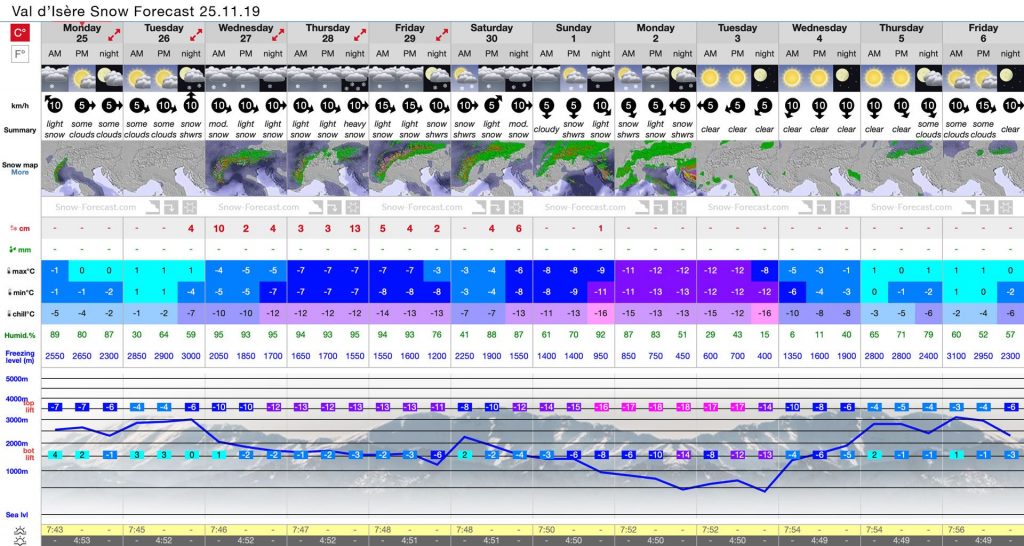
Pistes may be shut for a reason – take heed if so and don’t ignore the risks.
Another tip from experts is NOT to go straight out as soon as a snowstorm has passed.
The skies may be blue and you may be excited to get out of the chalet after it has passed but this is when the slopes are least safe!
-
Always go with friends
If no one knows where you were when the avalanche happened then this could delay rescue efforts.
There is still the risk your whole group could end up in the thick of it but the more people out together the lower the risk that everyone will be.
-
When the snow starts moving, move at right angles
If you have caused the snow to move or your friend has close behind you, slide as quickly as possible at right angles to the direction of flow.
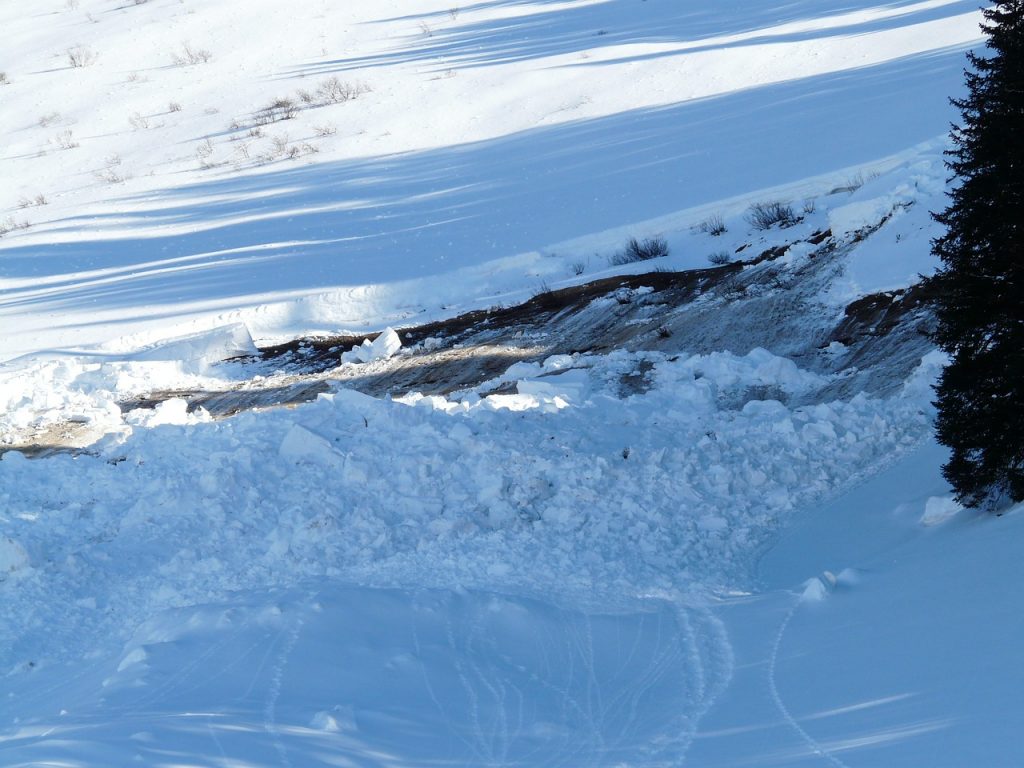
If you’re at the top of it, or close to the top, you may well be able to slide free (and enjoy a pint or three as you re-live your near miss that evening!)
-
If you fall? Get up and slide!
You can still stay on top of the snow if you move quickly to get up and slide away.
Again, go at right angles to the direction of flow and get off the avalanche as quickly as possible.
-
Grab onto something solid
At this stage you’re going to be running on instinct so if you see/feel a tree or rock as you fall, grab tightly.
Many avalanches don’t take out trees and rocks – not all of them are monsters.
-
In the middle? Ditch your skis/board and poles
If something or someone else has caused the avalanche further up and you’re in the middle of the flow, get rid of your snowboard or skis as quickly as possible.
These can act like a sail and drag you down.
If at all possible, get your feet below you and your head up-slope.
-
Swim!
In the flow of the avalanche swim and thrash about to try to get as close to the surface of the flow as possible.
You are effectively in a liquid river during the avalanche and fluid mechanics apply as if you were in a fast flowing river – swimming can help you survive.
-
Buried?
This could mark a terrifying, slow death in 50% of cases.
As the flow stops, make room for your face and head by digging an air pocket.
The snow could close around your chest like concrete and stop you from breathing at all.
This is why you need to expand your chest hold your breath as far as possible to allow your chest room to expand and contract.
-
If possible, get something above the surface.
If they see you they will find you.
Don’t yell and scream until you hear people nearby as this costs oxygen.
If you have that hole around your face you will have a limited supply of usable air before your exhaled CO2 knocks you out.
Backcountry Kit
If you are planning to do serious off-piste snowboarding or skiing it pays to bring some equipment that could save your life.
1. Transponder
All of your group should carry transponders in case you get caught out.
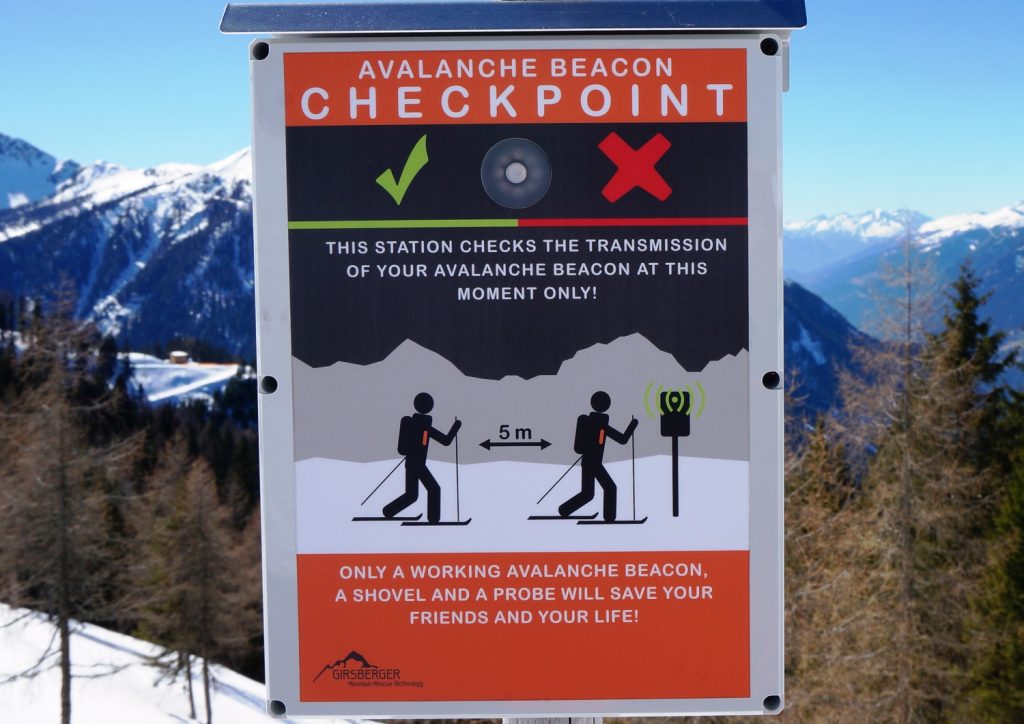
Those on the surface should be able to find those under the snow thanks to these.
2. Airbags
Like sailors’ auto-inflatable lifejackets, these can be inflated with the tug of a lanyard.
The idea is that you will float to the top of the flow during the avalanche.
3. Shovels
A small, foldable shovel can be kept in your backpack with your lunch and other gear.
This is for digging out your mate should they end up buried.
These three pieces of kit could make all the difference and keep you relatively self-sufficient.
Time is of the essence when an avalanche has happened and with around 30 minutes to get someone out after being buried, if people are digging immediately then people will walk away who might not should you be waiting for rescue.
The Takeaway
So, there you have it.
In the coming years we will see more news of avalanches, particularly towards the end of ski seasons as rain intermingles with snow.
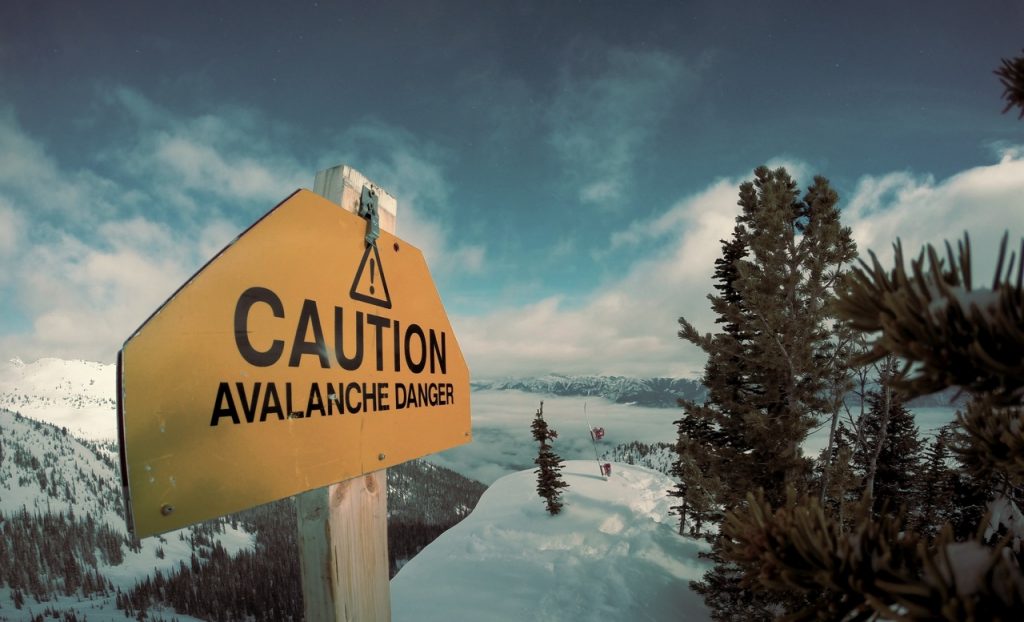
It pays to have these tips and techniques in your head as it could make the difference should you be caught out.
If you are skiing at all this year it may well pay to read through our advice a few times as you’ll need to respond almost instinctively to survive!









